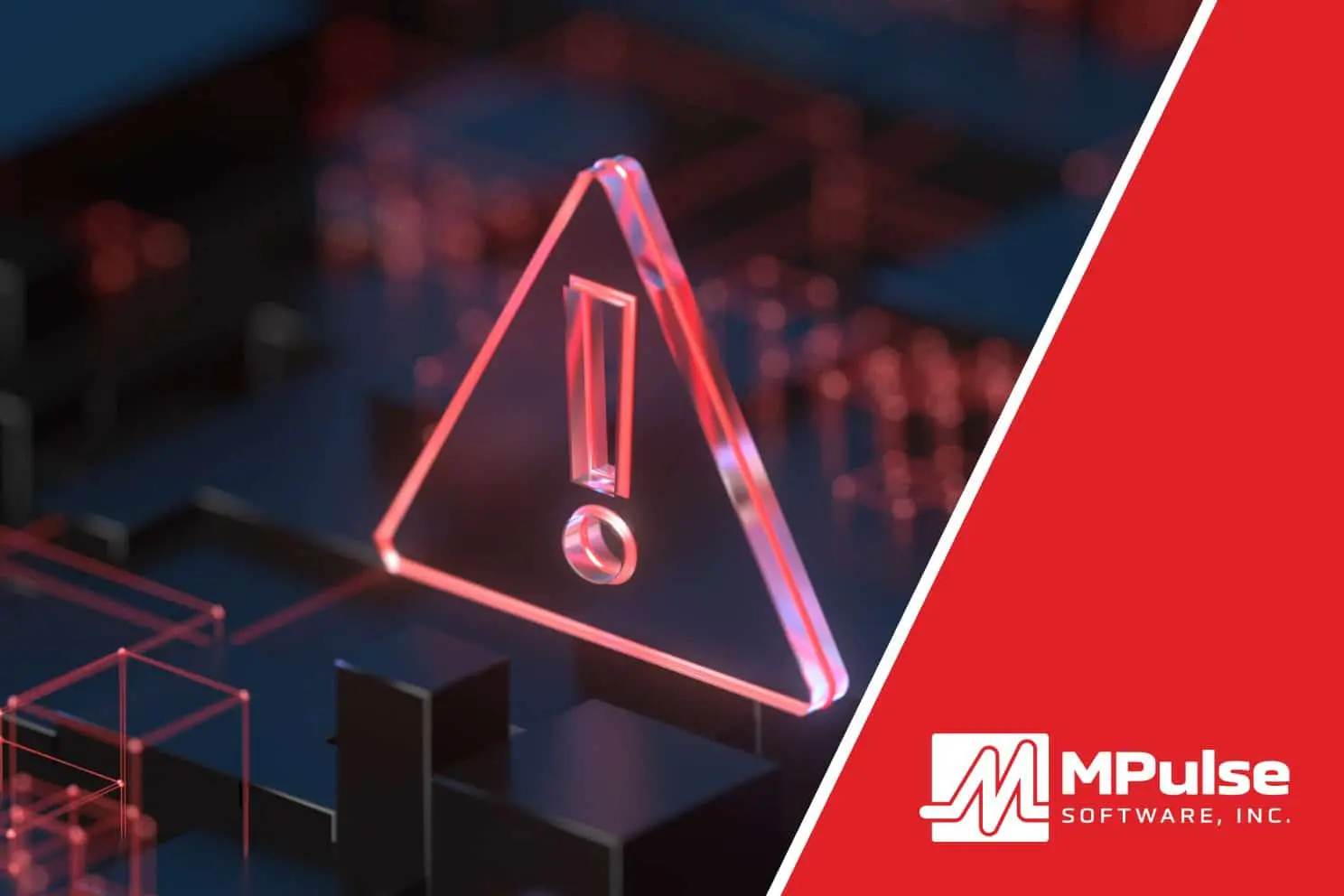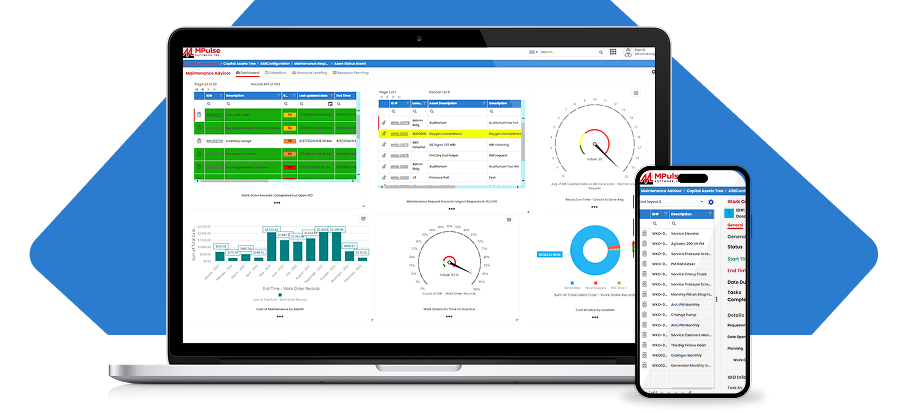When you’re buying maintenance management software, you’re looking for a solution to your pain points.
But the maintenance department is a busy place. Sometimes maintenance managers want to get up and running quickly, so they rush the process.
We get it. While it’s often easier to ignore red flags, in the long run you’re making more work for yourself when the software or the vendor support doesn’t meet your needs.
That’s why it’s vital to pay attention to that small, but important, voice in your head when things don’t feel right.
Take the time to look for these red flags in maintenance management software to avoid common CMMS failures.
Red Flag in CMMS #1: Usability
A system that’s difficult to learn and navigate won’t be adopted quickly by the people who’ll be logging in the most—your users. And software that’s not used will never produce the desired results. If you’re seeing potential problems with usability in a software demo or trial, take the time to address them now.
You might think you can make do with a few minor annoyances. But the truth is, a bad user experience will slowly but surely drive everyone up the walls. Those “minor annoyances” you noticed when you tested the maintenance software are going to keep getting in the way every time you need to use the software.
Red Flag in CMMS #2: Too Little or Too Much Functionality
You want to make sure the software has all the functions you need, without paying for overcomplicated features that will never get used. Look for that sweet spot, where you have the features you want with a little room to grow into new functionality later after the maintenance software becomes part of your workflows.
If the functionality isn’t where you need it to be, your software is no longer a tool. It’s just another obstacle in your way. Instead of using your software to accomplish your goals, you’ll have to work around the software to get the end result you need. And that means you’ll waste more time making up for what the software lacks.
Red Flag in CMMS #3: Inflexible or Incomplete Reporting
One of the ways that poor functionality and usability often cause issues is reporting functionality. Look for limitations on what you can report in the program, or how much reporting you can actually do, or how many reports you can generate in a month. If your software restricts your reporting such that you have to go back to the old reporting techniques, then really, what’s the point of having the software in the first place?
Maintenance software should enable you to collect and report on data across your entire asset inventory, providing numerous measures to help you make better decisions and answer business-critical questions. That includes data on emergency maintenance, preventive maintenance, labor hours, parts and inventory, employee productivity, and more.
Red Flag in CMMS #4: Vendor Responsiveness
A “great” company is no good to you if it doesn’t respond to your requests for help. Take note of a company’s responsiveness during the sales process. Because it’s likely to be the same after the sale.
However, if you asked a question that the sales rep couldn’t answer, that shouldn’t necessarily be a red flag (unless it was a really easy question). What you want to scrutinize is whether the sales rep responds in a reasonable time with a reasonable answer.
If they don’t, either the individual is disorganized, or he/she doesn’t have technical resources readily available. If that’s the case, it could indicate a poorly funded, poorly manned organization, or a poorly trained staff. That’s a recipe for miserable tech support.
Red Flag in CMMS #5: Lack of Scalability
Software that doesn’t scale as your needs change will hold you back sooner rather than later. Make sure your maintenance software can accommodate changes in size or volume. Whether it’s adding user licenses or expanding functionality, it’s more affordable to scale up your CMMS software instead of starting from scratch every time.
It’s not uncommon for organizations to start with simpler versions of maintenance software. Then, once they are up and running, they see the benefits of more advanced features or enterprise management capabilities with global settings, global reporting, and enterprise-wide inventory search and transfer. Ask what options are available to you down the road.
Trust Your Gut
Whether you’re considering a large vendor or a small one, take the time to assess whether the company will be a good long-term partner. Ultimately, you should select a vendor you’re certain you’ll be happy with over the long haul.
Have questions? Contact us.


